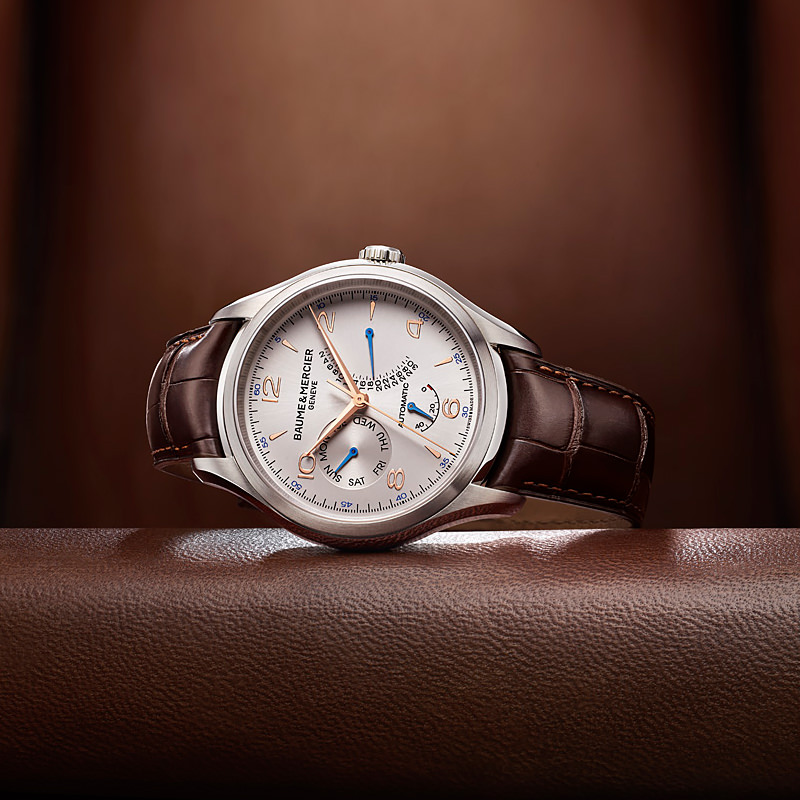Watch GlossaryRetrograde Dial
A Fine Complication in Swiss Horology
May We Recommend
A Retrograde Dial displays a function in a linear fashion, as opposed to a circular fashion as seen in the case of sub-dials. A retrograde dial is mostly in the shape of an arc and can display functions like date, day, power reserve and more.

The literal meaning of retrograde is “reverting to an earlier condition”. In a retrograde dial, the hand moves along an arc and when it has reached the end, it jumps back to the beginning position, or the “earlier condition”. This is contrary to what happens in the sub-dial, in which the hands keeps moving in one direction only in a circular fashion. A retrograde dial is a rather difficult complication, as the hand needs to move gradually in a particular direction along the arc, and then upon reaching the end of it, needs to suddenly jump back to the beginning. Most watches usually have sub-dials to display various functions as the retrograde dial is a sophisticated complication which requires great skill and art in developing.

A retrograde dial is appreciated for its complex machinery and mechanism, but that is not the only reason for its existence. One of the reasons why retrograde dials are used is because of their adequate use of space. For example, a day of the week indicator could be displayed in a circular sub-dial, but that would take up a lot of space. For just seven markers, an entire circle is unnecessary use of space. In comparison, an arc would take almost half the space of a circle and still display the function quite effectively.
Retrograde dials are most popularly used to display functions such as day and power reserve. In many cases, even date is shown quite efficiently. Retrograde dials are usually found in watches with a great degree of complications, wherein there is a lack of space on the watch dial to display all the functions. Although there are some exceptions, retrograde dials are usually accompanied by at least one or two sub-dials, which may be used for showing other functions.

In some cases, the arc is replaced by a straight line, as can be seen in the case of the Oris BC4 Retrograde Day. The indicating arrow moves from Saturday to Friday on a horizontal line and then jumps back to Saturday to repeat the flow. This is a rather interesting exception from the standard arc design, but it is nonetheless a retrograde dial.
Vacheron Constantin was the first watchmaker to use a retrograde dial in a wrist watch and this was seen as early as the 1930s. Today, retrograde dials are still considered among the more difficult complications, and can be seen in the watches of Breguet, Baumet & Mercier, Carl F. Bucherer, IWC, Jaeger-LeCoultre and Oris among others.







